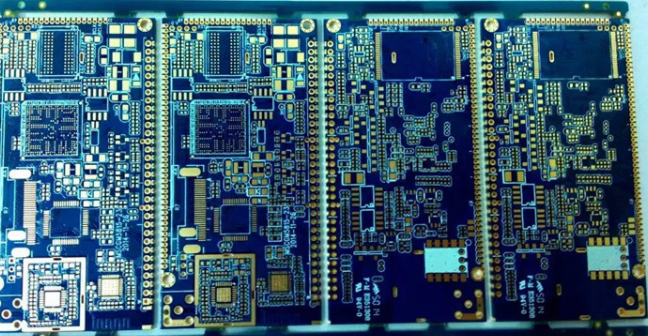SMT processing plant
In SMT patch processing, many processes need to be set up for processing equipment. The most important steps should be summarized as 7 steps:
1. Graphic alignment
Use the printer camera to align the optical MARK point on the stencil and stencil on the workbench, and then fine-tune the X, Y, θ and other patterns to make the stencil and stencil pad patterns completely match.
Second, the angle between the scraper and the steel mesh
The smaller the angle between the scraper and the stencil, the greater the downward pressure. The solder paste can be easily injected into the stencil, or the solder paste can be easily squeezed into the bottom of the stencil, causing the solder paste to stick. Usually the angle is 45~60. Now, most automatic and semi-automatic printing press systems are adopted.
3. Scraper force
Squeegee force is also an important factor affecting printing quality. The pressure management of the squeegee (also called the squeegee) is actually the depth of the descent of the squeegee. If the pressure is too small, the squeegee can not stick to the mesh surface, so it is equivalent to increasing the thickness of the printed material during SMT patch processing. In addition, if the pressure is too small, a layer of solder paste will be left on the screen, which may easily cause printing defects such as molding and bonding.

Fourth, printing speed
Since the squeegee speed is inversely proportional to the viscosity of the solder paste, when the density of the solder paste is high, the spacing becomes narrower and the printing speed becomes slower. Because the squeegee is too fast and the mesh time is short, the solder paste cannot fully penetrate into the mesh, and it is easy to cause printing defects such as uneven solder paste and missing printing. The printing speed has a certain relationship with the pressure of the squeegee, and the descending speed is equal to the pressing speed. Appropriately reducing the pressing speed can increase the printing speed. The best squeegee processing speed and pressure control method is to scrape the solder paste from the surface of the steel mesh.
Five, printing gap
The printing gap is the distance between the printed circuit and the circuit, and it is related to the printed solder paste remaining on the circuit board.
Six, the separation speed of stencil and PCB
After the solder paste is printed, the instantaneous speed at which the stencil leaves the PCB is the separation speed. The separation speed is the main factor affecting the printing quality, which is especially important in high-density printing. Advanced smt printing equipment, its iron mesh will have 1 (or more) small pauses when leaving the solder paste pattern, that is, multi-stage demolding to ensure the best printing effect. If the separation rate is too large, the viscosity of the solder paste will decrease, and the viscosity of the pad will be small, causing part of the solder paste to adhere to the bottom surface of the stencil and the wall of the opening, causing printing quality problems, such as reduced printing volume and printing collapse. The separation speed slows down, the viscosity of the solder paste is large, the viscosity is good, and the viscosity is good.
7. Cleaner production mode and cleaning frequency
The stencil washing is also a factor that can ensure the quality of printing. The cleaning method and frequency should be determined according to the material of the solder paste, the thickness of the steel mesh and the size of the opening. Steel mesh contamination (setting for dry cleaning, wet cleaning, one-time reciprocating, wiping speed, etc.). If the data is not cleaned up in time, the PCB surface will be contaminated, the solder paste remaining around the stencil openings will harden, and in severe cases, the stencil openings will be blocked.
In SMT processing plants, many detailed parameter settings are not achieved overnight. It is necessary to sum up experience in long-term practice to improve the management and continuous optimization of quality control details.